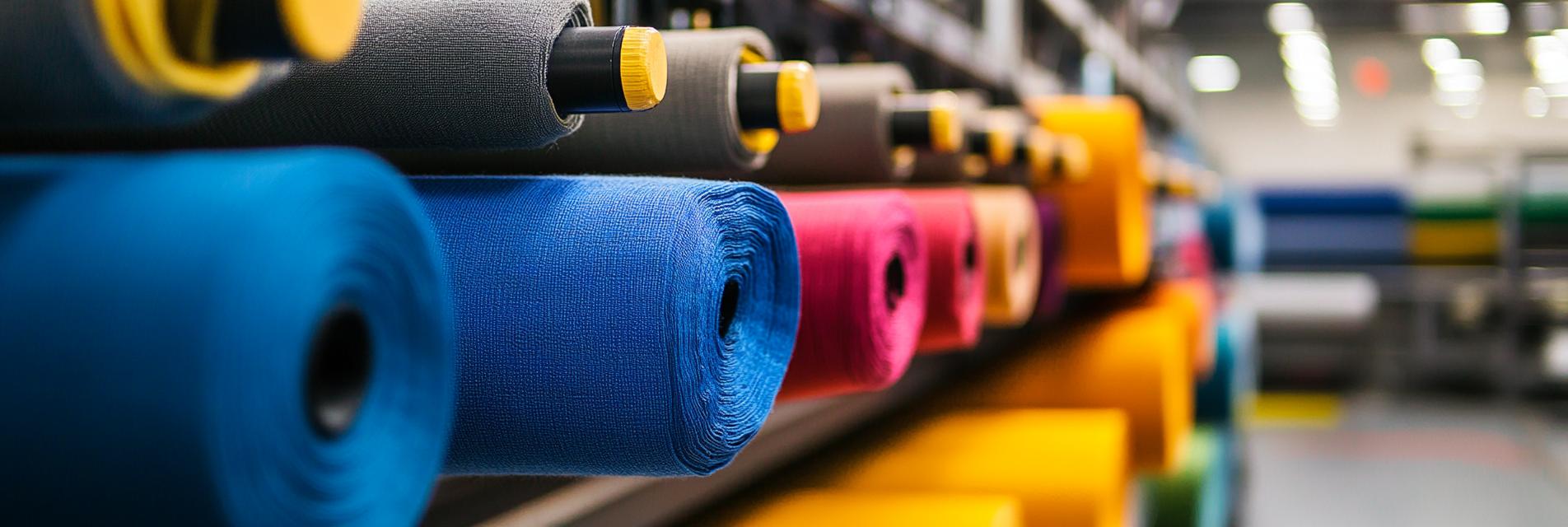As a professional deeply immersed in the textile industry, I've witnessed the evolution of materials that significantly impact product performance. One remarkable advancement is the utilization of double-layer fabrics, which has gained momentum in modern industrial applications.
The journey of double-layer fabrics began in the late 20th century when their unique properties were first recognized. Initial studies demonstrated that these fabrics could provide enhanced durability and comfort, especially in the textile and apparel sectors.
Over the years, advancements in weaving technology have allowed for more complex and versatile designs. By 2010, many industries began leveraging double-layer fabrics not only for their aesthetic appeal but also for their functional benefits, such as thermal insulation and moisture management.
In this context, double-layer fabrics have found applications in outdoor gear, medical textiles, and automotive interiors, where performance and comfort are non-negotiable.
Today, sustainability is at the forefront of industrial innovation. The double-layer fabric technology aligns well with sustainable practices by enabling the creation of more robust products that last longer, thus reducing waste. As industries strive to minimize their environmental impact, the demand for sustainable materials like double-layer fabrics is set to grow.
In conclusion, the application of double-layer fabrics in modern industry represents a significant leap forward in material science. Their ability to enhance product performance while supporting sustainability initiatives places them at the center of future industrial developments. As I continue to explore this field, I remain optimistic about the innovative possibilities that double-layer fabrics will unleash in various sectors.

